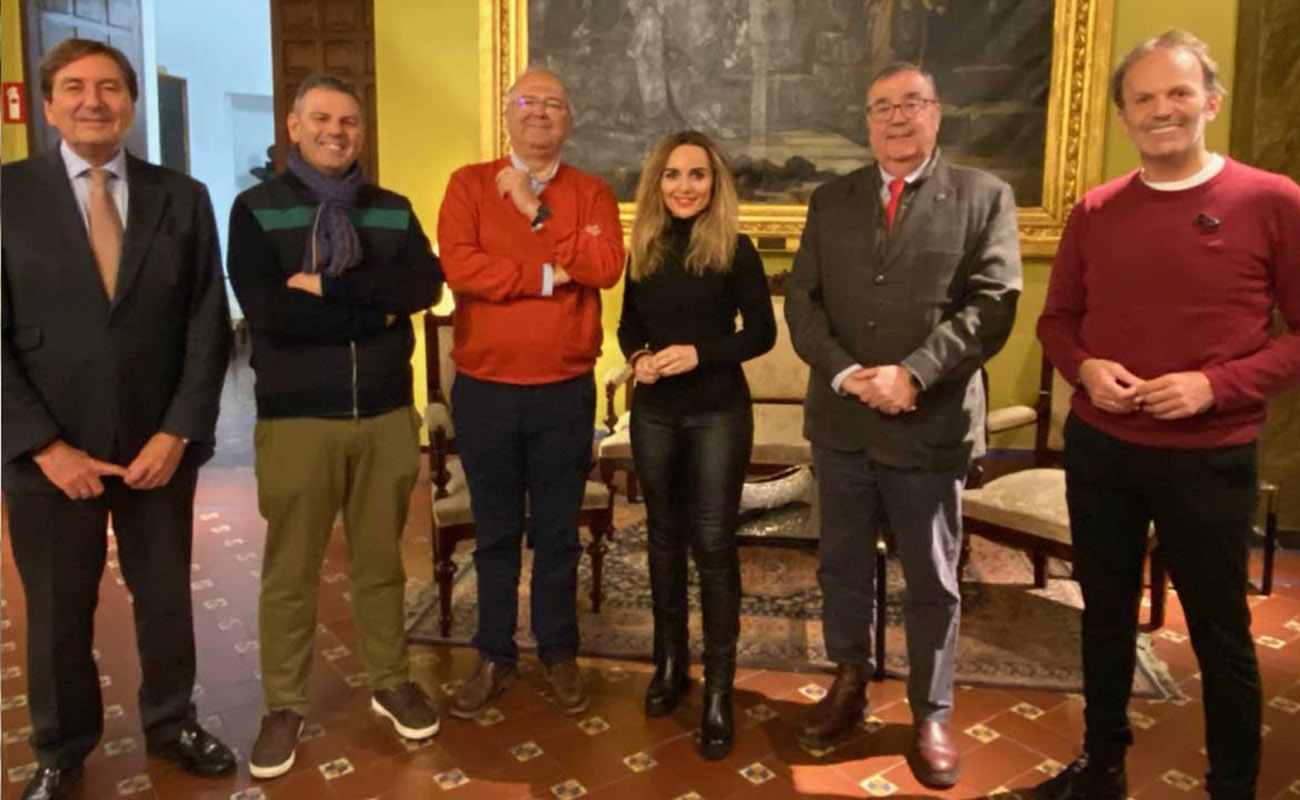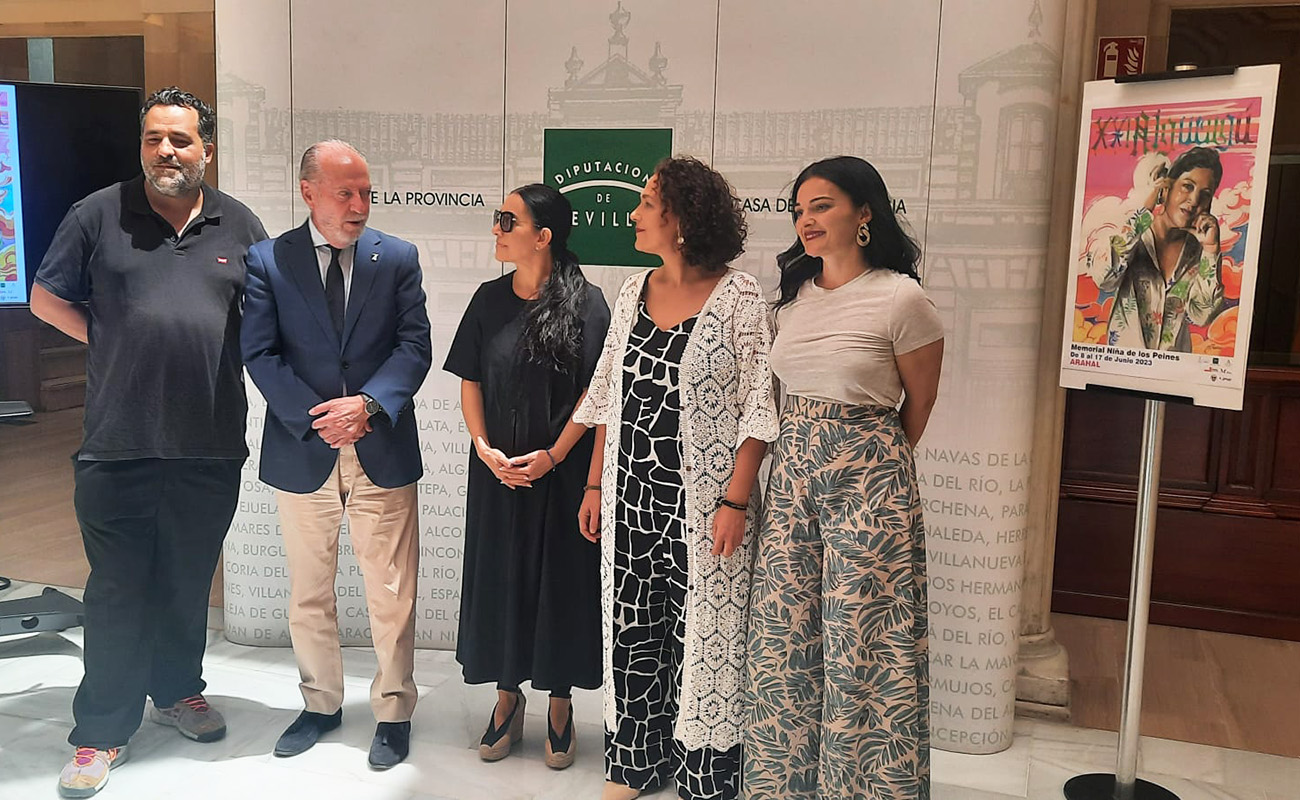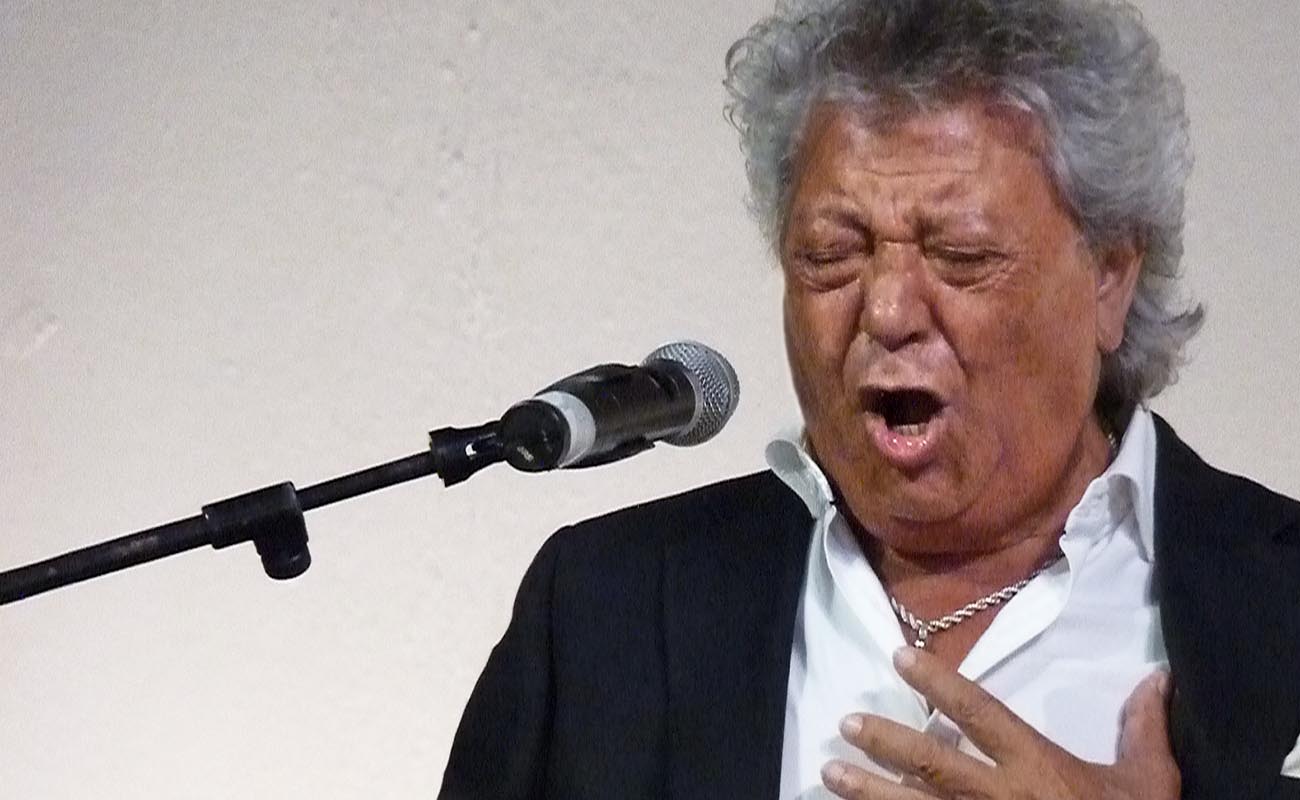A wise and passionate discussion about the Festival de Jerez
The past, present and future of the Festival de Jerez, in the words of its director, Isamay Benavente, and a group of journalists, flamencologists and artists, on occasion of the round table “Festival de Jerez: 25 years” at Expoflamenco Jerez Shop. Here is a full summary of everything discussed
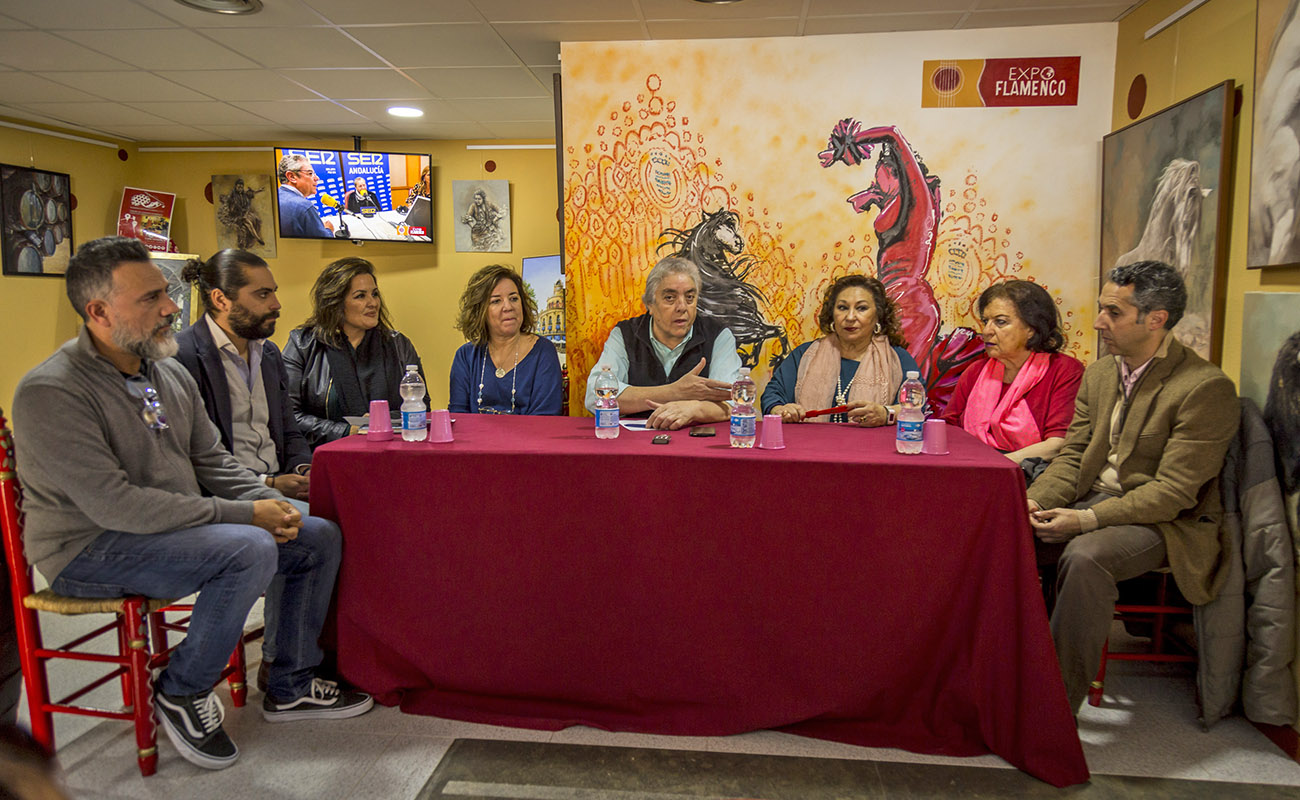
When Expoflamenco Jerez Shop was created, it was meant to be a reference for the flamenco world in Jerez de la Frontera, a place not just to shop for some flamenco item or souvenir, but a venue where events promoting flamenco would be held. Thus, the round table Festival de Jerez: 25 years successfully took place, with the participation of Isamay Benavente, director of the festival, and a large group of journalists, flamencologists and artists.
Our dear director Manuel Bohórquez was the moderator of the round table and opened the event remembering his experiences and expectations of the festival in its early days. «I remember attending the first edition, back when I had much less gray hair, and I was one of those who didn’t believe the festival would be successful, because the people of Jerez prefer a more intimate kind of flamenco, experienced in small groups, around a table or by the counter», explained Bohórquez. «Yet, [this festival] has become established as one of the world’s most important flamenco festivals. It’s now an essential flamenco event in the world stage, a magnet for many people from different countries, with a very important program», stated this flamencologist.
Past and present, in the words of Isamay Benavente
Thereafter, the director of the festival, Isamay Benavente, took the floor. «This year we have a new series at the Santo Domingo cloisters venue. It’s not just a new series, but it’s the first time we’ll use this particular space, which has never been used as a venue before: the high dormitories of the cloisters. The festival has two well-defined pillars. It has a wonderful design by Paco López, who is an incredible manager. The idea was to create a cultural industry here, and that’s why we decided to focus on baile», Benavente pointed out.
«We were heavily criticized in the first few years, particularly by Jerez’ leading artists and by many people who couldn’t understand why the city had a festival or baile and not of cante, since Jerez is renowned for its cantaores. We choose baile because Paco believed that the foreign public is more interested in baile. After people get hooked on baile flamenco, they also become interested in cante and flamenco guitar», continued Isamay.
The director of the festival also highlighted the training courses which have been a feature of the festival since its early days. «In the first edition — a very short one — we only had one course. It was taught by Angelita Gómez — present among the public — and it was as part of a scholarship for the Compañía Andaluza de Danza, where María Pagés was the director at the time. It was taught for the scholarship holders because we didn’t have time to advertise the course», she stated.
«We were heavily criticized in the first few years, particularly by Jerez’ leading artists and by many people who couldn’t understand why the city had a festival or baile and not of cante, since Jerez is renowned for its cantaores» (Isamay Benavente)
Benevente also highlighted the contribution of the festival to the discovery of new talent. «Besides that course, there were a series of shows featuring both local and non-local artists, many of whom were little-known. That’s another contribution of this festival. There are many artists here in this land, and most people only knew the locals, who are very good, but they barely knew any artists from other cities. The festival has enriched us by featuring so many artists from lots of different places».
Finally, Isamay reviewed the courses of the 24th edition of the Festival de Jerez. «This year we have fifty-three courses and workshops. As a novelty, we’ve also included weekends. Eighty-seven percent of available spots have been taken, one thousand and twelve spots. We know by experience that many people also sign up for courses after they arrive here. There are many sold-out shows and flamenco aficionados have great interest in this festival».
A festival for a city and a city for a festival
Bohórquez posted the question of whether the city and the festival were on the same page. The matter was answered by Fran Pereira, journalist at Diario de Jerez. «Regarding the public, the people of Jerez should have a higher attendance to the shows, but in the last few years there has been a lot of talk about tapping into the synergy created by the festival. Fortunately, this has happened, particularly regarding businesses and the tourism sector. During the two weeks of the festival, the city changes and adapts to it», explained the journalist.
«The main beneficiaries in the twenty-four years of this festival have been the local artists. Some of them have been able to develop their careers using the festival as their launching pad. Others have benefited by learning about the new trends in the world of flamenco. The Festival and Jerez go hand in hand», continued Pereira.
Fran Pereira concluded by pointing out the duality present in the city «The artists and aficionados of Jerez are divided in two groups, and it’s a good thing that both groups exist, as long as there’s mutual respect. One group is more open to innovation within flamenco, the other is more traditionalist or purist».
«The main beneficiaries in the twenty-four years of this festival have been the local artists. Some of them have been able to develop their careers using the festival as their launching pad» (Fran Pereira)
Flamenco critics thank the festival
After the words of Fran Pereira, the floor was taken by Estela Zatania, who has been covering the festival since 2004 and considers it to be a showcase of the city. «I must thank the Festival for having discovered certain talented artists. Javier Patino himself, here with us today, is a wonder I didn’t know him [before he performed at the festival]. I also discovered Rocío Molina and Domingo Ortega, an amazing bailaor. In cante, Miguel Lavi. I want to point out the importance of the closeness of the stages and the atmosphere. At the Bienal de Sevilla, not even the taxi drivers have a clue of who is performing any given day at the Lope de Vega theater, and that’s something that would never happen in Jerez», stated Estela.
Jerez and its festival, a big house of artists
The atmosphere became even more flamenca when the legendary cantaora from Sanlúcar María Vargas took the floor. «I will perform at the Festival de Jerez for the first time in many years. I feel as if it were my first time ever, I’m so excited. Singing in Jerez for me is like singing at home. Jerez is where my career started and the place that has given me the most. I hope that many people come to see me perform because I’ll give it all, even if I lose my voice. I want to show that I’m still here, that I never left. I got married and I had a baby, so I had a small break. This festival is where it’s meant to be. It’s a wonderful festival. It’s necessary that people know that there are [still undiscovered] artists. [The festival] gives many opportunities to new talent», stated proudly this cantaora.
The bailaora María del Mar Moreno also took the floor to speak about her memories of the festival and what is to come. «For the people of my generation, Jerez has always been a land of cante. I clearly remember my first festival around 1997 with my partner Antonio el Pipa, when we performed as invited artists. We were a fiery couple and we performed the first show, Vivencias, which changed our lives. Not just the lives of Antonio and myself, but the lives of a whole generation of artists such as El Grilo», this bailaora recalled.
«We were lucky to have started our careers from an early age, but the Festival de Jerez allowed us to develop our own identity. From setting up our own company to realize the advantages of being born in Jerez. The duality that Fran mentioned is in our DNA and the Festival allowed us to be aware of our origins, making us remember how we had learned and assimilated flamenco in an instinctive, natural way with artists such as Angelita Gómez», explained Moreno.
«The Festival de Jerez allowed us to develop our own identity. From setting up our own company to realize the advantages of being born in Jerez» (María del Mar Moreno)
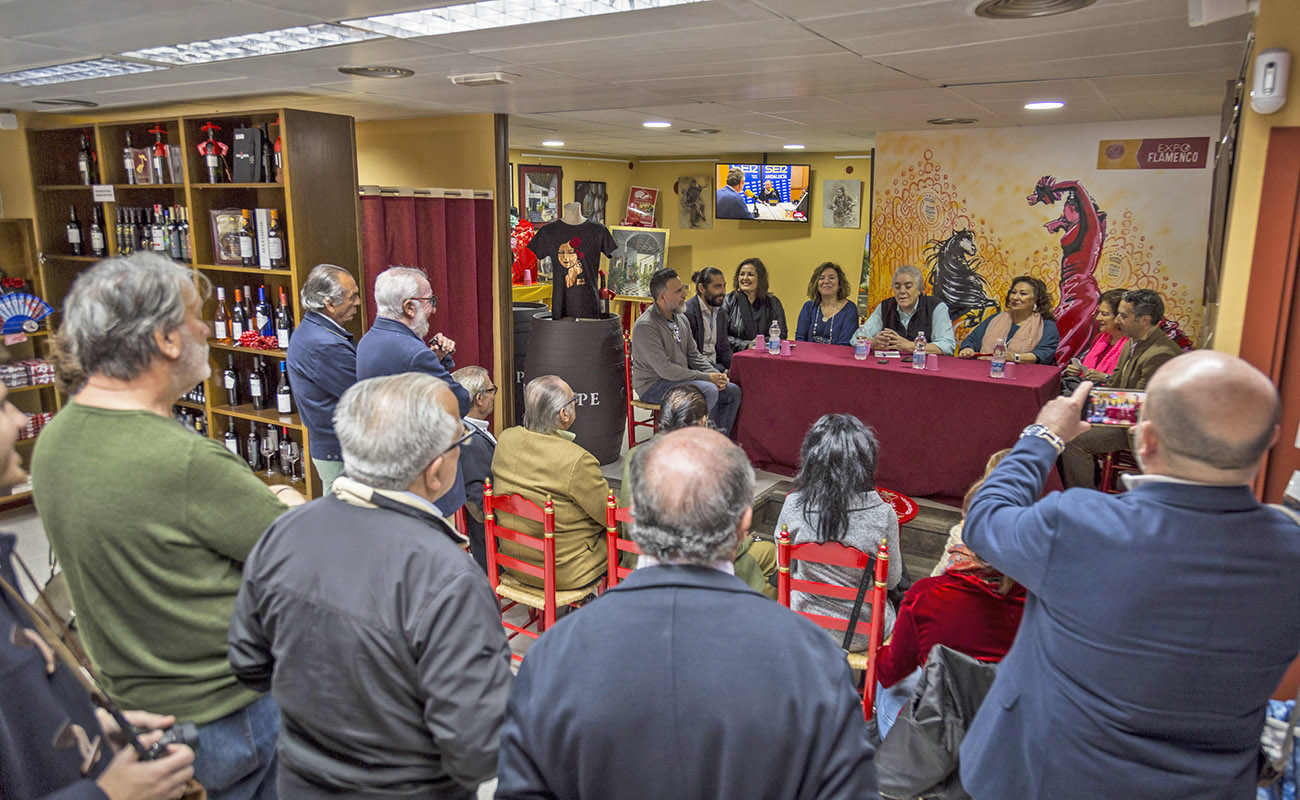
Round table ‘Festival de Jerez: 25 years‘ ExpoFlamenco Jerez Shop, Feb 19th, 2020. Photo: Guido Bartolotta
Development of the artists thanks to the Festival
María del Mar Moreno spoke about her growth thanks to the Festival de Jerez. «Those of us eager to grow professionally have the Festival de Jerez as a very important bastion so we are appreciated in our own land, something that’s not easy. We feel supported and loved. [The Festival] has also been a great platform in the international scene. Having a premiere at the Festival is to show the world our productions. [The Festival] has allowed me to grow not just professionally, but also personally».
Bohórquez then steered the conversation towards an always-controversial topic, such as the guitar concerts in flamenco festivals. This instrument is often sidelined in the great flamenco events, but it features in the Festival de Jerez. It this context, guitarist Javier Patino took the floor to talk about his experiences at the Festival.
«My career practically started with the Festival de Jerez. Thanks to this Festival, I’ve been able to perform live my albums and my music. It’s true that not many festivals feature guitar concerts, and I’d like to point out that it’s a pity to work hard to make an album and then not having the opportunity to perform it live on stage», explained Javier Patino.
«I think that the guitar shows what is happening in flamenco, it allows us to measure the trends. The Festival de Jerez gives us this opportunity to showcase our work and it treats us with the respect we deserve. The Festival focuses on dance, but it also features cante and guitar. It’s a blend of everything and in the end, guitar always has its place, even if dance is the focus of the event», concluded Patino.
«Visitors greatly enjoy having a glass of wine, the gastronomy, mingling with the local aficionados and that magic that is created on the streets and in the landscape of Jerez» (Juan Garrido)
A festival open to the world of the peñas flamencas
Another renowned writer of ExpoFlamenco, our colleague Juan Garrido, dug out his memories of the festival. «My first memory of this festival was the show of Angelita Gómez which I attended as part of the public, since my uncle Diego, my grandmother Luisa, Capullo, Luis el Zambo, etc., were performing. The name of the show was De Sevilla a Jerez, it’s was around 1999. I was just a little kid, practically a baby».
«My world was the world of peñas, of flamenco in family gatherings, away from the stages. I was surprised when I attended the Festival performances and thought to myself, “This is not cante. What is this?”. Yet, I started to experience flamenco in a different way and I discovered artists from Jerez I had never heard before, such as Patino, for example», stated Garrido.
«I want to point out that the peñas and the new generations of artists contribute to the festival, presenting their own shows. Visitors greatly enjoy having a glass of wine, gastronomy, mingling with the local aficionados and that magic that is created on the streets and in the landscape of Jerez. This is key to understand the greatness of this festival», explained this Jerez-based journalist.
Garrido concluded by thanking the festival for featuring new projects and formats. «I thank the festival for having the courage to host projects of various types, and also for featuring cante. That’s the case with the series where María Vargas will perform this year, at the Villavicencio palace, inside the Alcázar. An intimate kind of flamenco, without microphones or speakers. Thanks to this festival we’ll be able to enjoy performances by artists who wouldn’t normally come to Jerez».
The festival is not in danger, but its model should be reassessed
Manuel Bohórquez wanted to compare the Festival de Jerez with the Bienal de Sevilla, wondering if the Festival is in danger, because he could not conceive flamenco in Jerez without this event. Isamay Benavente dispelled any doubts. «The festival is not in danger, but it’s not bigger as I’d like it to be. It relies a lot on the [Villamarta] theater and we all know it has experienced lots of problems. We are developing a plan of viability and adjustments. If I had to point out a flaw, it’s the lack of sponsors and people who love it. I don’t mean the artists. It doesn’t make sense that [the festival] doesn’t have [the support of] private businesses and of all public institutions», stated the director.
«If the festival has been successful, it’s been thanks to the public, who continues to come and spend their money. Over sixty percent of the festival is financed by the public who attends it, which is a huge proportion. One of the dangers we may face are the new trends. The public and the tastes change and perhaps we may have to reassess the current model for the 25th anniversary», Isamay thought out loud.
The director also discussed the festival’s risks. «For two years, we’ve been focusing on bringing a lot of public, not just from Spain, but from all over the world. This can be dangerous, because it risks making us lose our dimension. We want to grow, but without losing that intimacy that characterizes the festival, we don’t want it to lose its essence. This is a friendly festival where people can meet the artists on the streets, in peñas, etc.»
«If I had to point out a flaw, it’s the lack of sponsors and people who love it. I don’t mean the artists. It doesn’t make sense that [the festival] doesn’t have [the support of] private businesses and of all public institutions» (Isamay Benavente)
The lack of flamenco circuits in Spain
The round table came to a close with a discussion about the lack of flamenco circuits beyond the festivals. «It’s a pity that there are no circuits to enjoy [flamenco] productions which, sadly, often die the same day they’re born. They’re performed just once, even as they have great artistic and scenic merit», lamented Pereira.
«It’s true that there is a lack of flamenco circuits beyond festivals. I’ve met with a commission of the Junta de Andalucía to discuss Flamenco viene del Sur, a show which has been offered to municipalities far from the capitals. In many places — such as Ubrique and Valverde del Camino — they have great theaters, but no money to schedule programs. If the Junta supported those circuits, it would greatly help in the promotion of flamenco», continued Isamay Benavente.
The bailaora María del Mar Moreno explained that it’s complicated to be promoted within Spain. «Nowadays, the way things are, if artists consider a mega-format, tridimensional premiere — something all artists love to do — they soon realize that it has a better chance of success overseas than nationally. In Spain, the preferred format is five people, the amount of people that can be seated in one car. I think that we, the artists, are powerless to promote ourselves in our own country».
Before wrapping up, the public in attendance wished to voice they support for the baile companies and academies of Jerez. Moreno didn’t miss the opportunity to stand up for Jerez’s baile. «When talking about schools of baile, people always mention Seville, but never Jerez, because the latter is considered to be a city of cante instead. I can assure you that we’ll continue our research, and with the creation of the Festival de Jerez it’s become clear that there is a Jerez school of baile. Little by little, we’ll let the public know», stated María del Mar Moreno.
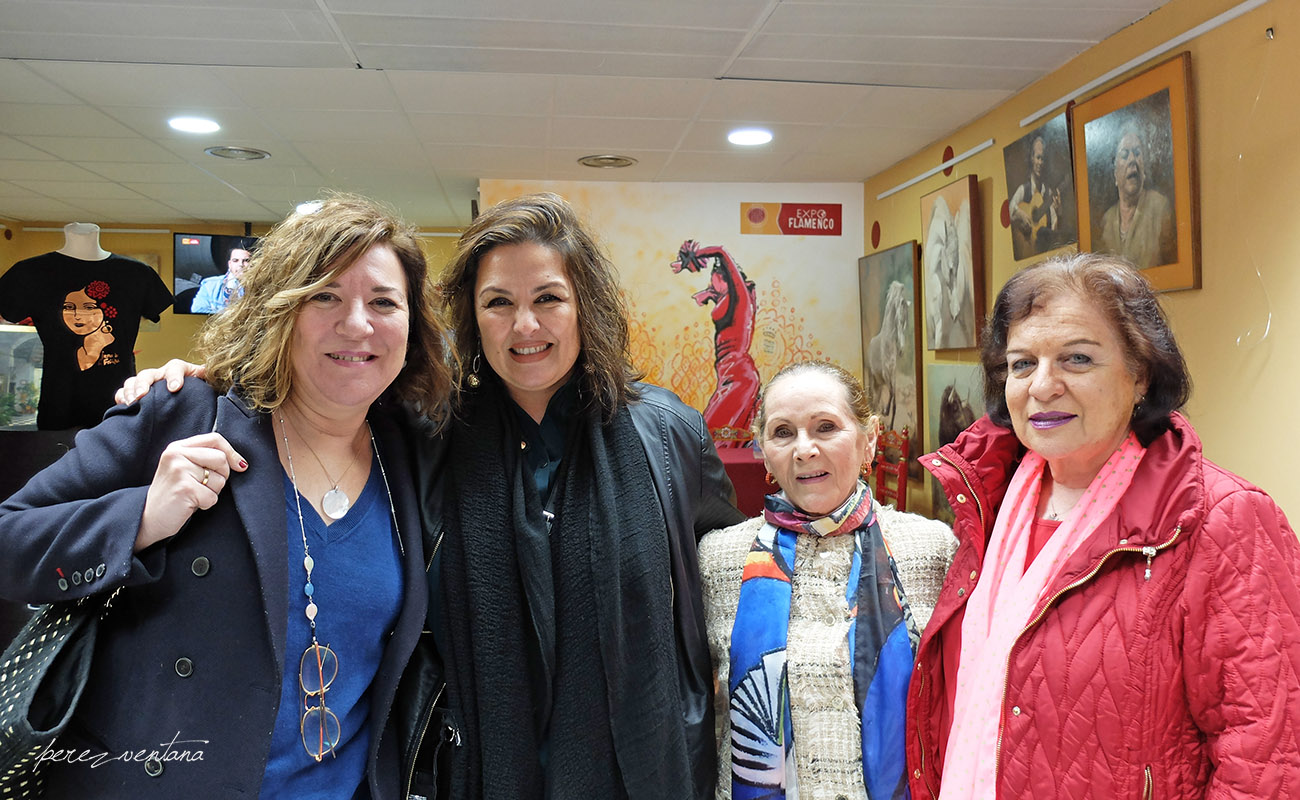
Isamay Benavente, María del Mar Moreno, Angelita Gómez and Estela Zatania. Round Table ‘Festival de Jerez: 25 years‘ ExpoFlamenco Jerez Shop, Feb 19th, 2020. Photo: perezventana

Manuel Bohórquez, Javier Patino and Juan Garrido. Round Table ‘Festival de Jerez: 25 years‘ ExpoFlamenco Jerez Shop, Feb 19th, 2020. Photo: perezventana
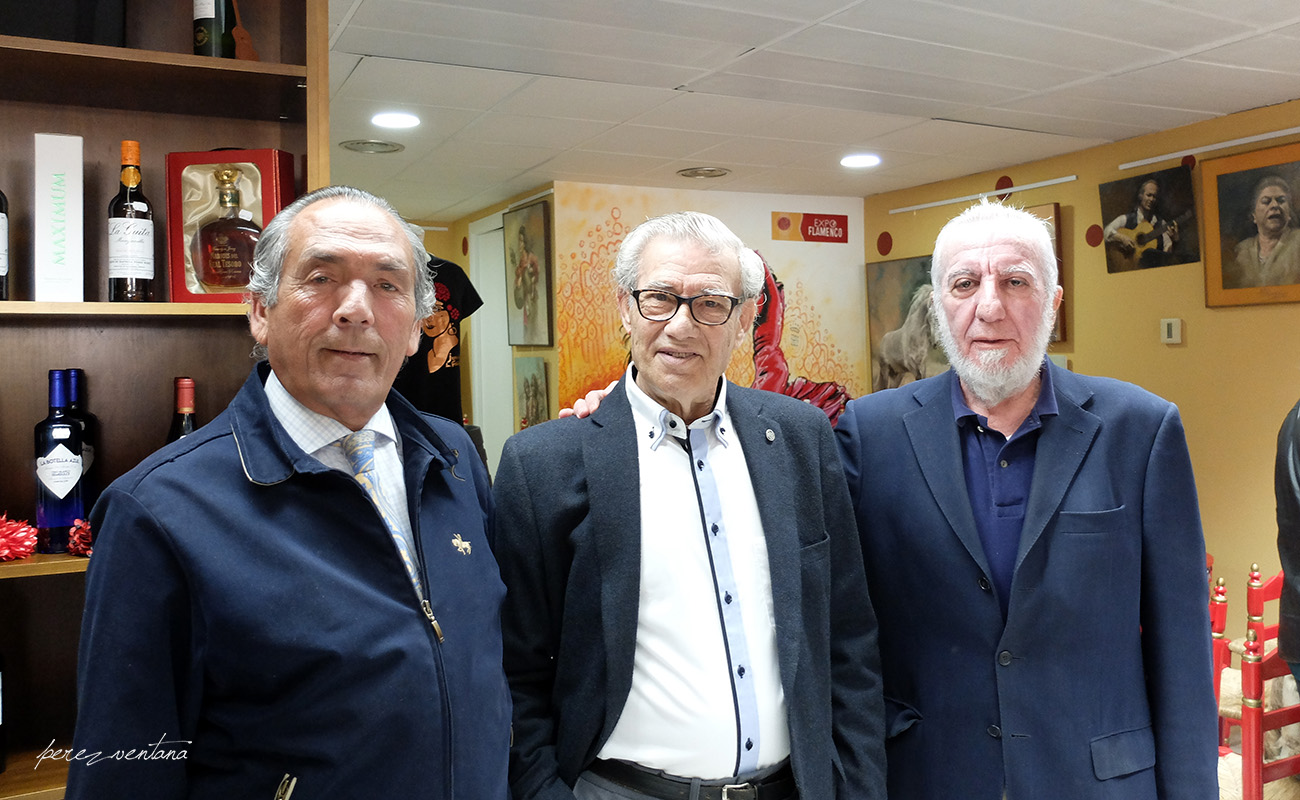
Antonio El Platero, José Manuel Fernández and Luis de Rebeco. Round Table ‘Festival de Jerez: 25 years‘ ExpoFlamenco Jerez Shop, Feb 19th, 2020. Photo: perezventana

Violinist Sophia Quarenghi and Juan Garrido. Round Table ‘Festival de Jerez: 25 years‘ ExpoFlamenco Jerez Shop, Feb 19th, 2020. Photo: Guido Bartolotta
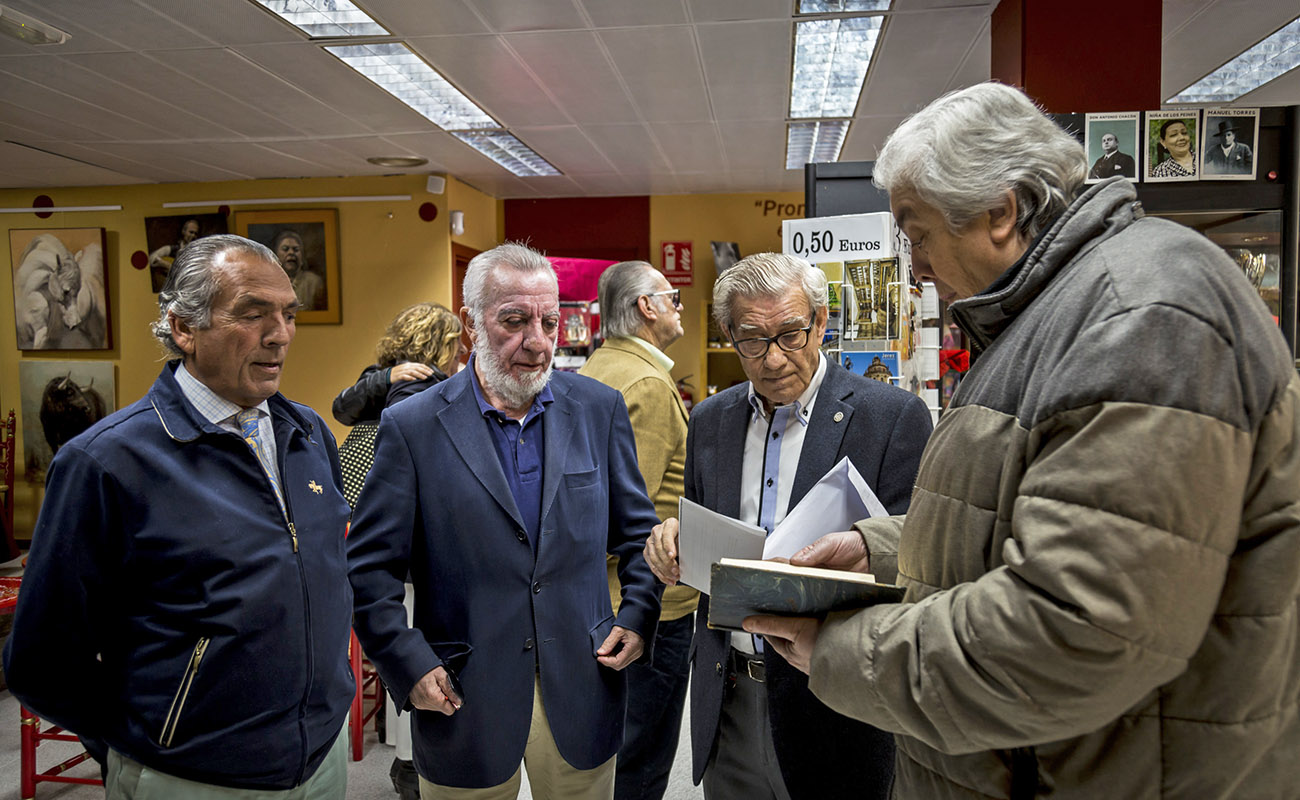
Manuel Bohorquez with Antonio El Platero, Luis de Rebeco and José Manuel Fernández. Round Table ‘Festival de Jerez: 25 years‘ ExpoFlamenco Jerez Shop, Feb 19th, 2020. Photo: Guido Bartolotta
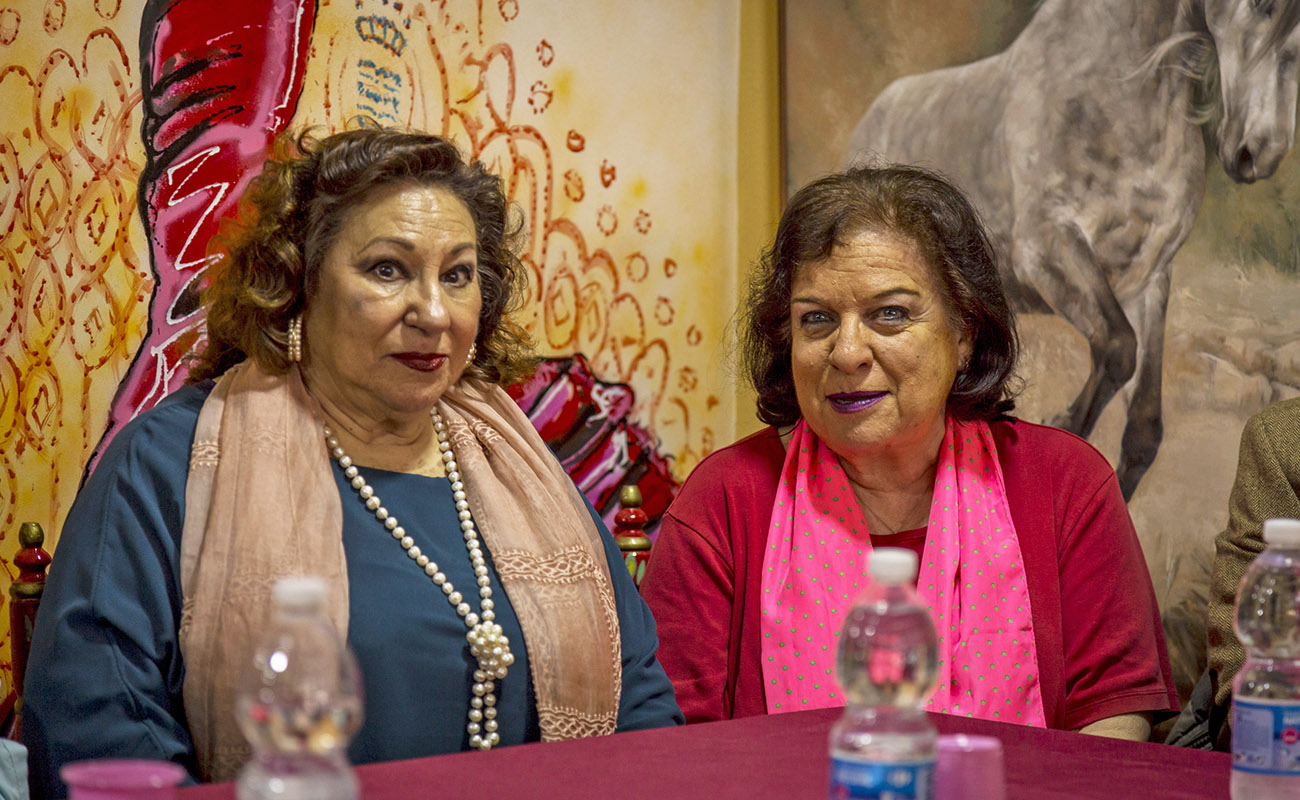
María Vargas and Estela Zatania. Round Table ‘Festival de Jerez: 25 years‘ ExpoFlamenco Jerez Shop, Feb 19th, 2020. Photo: Guido Bartolotta
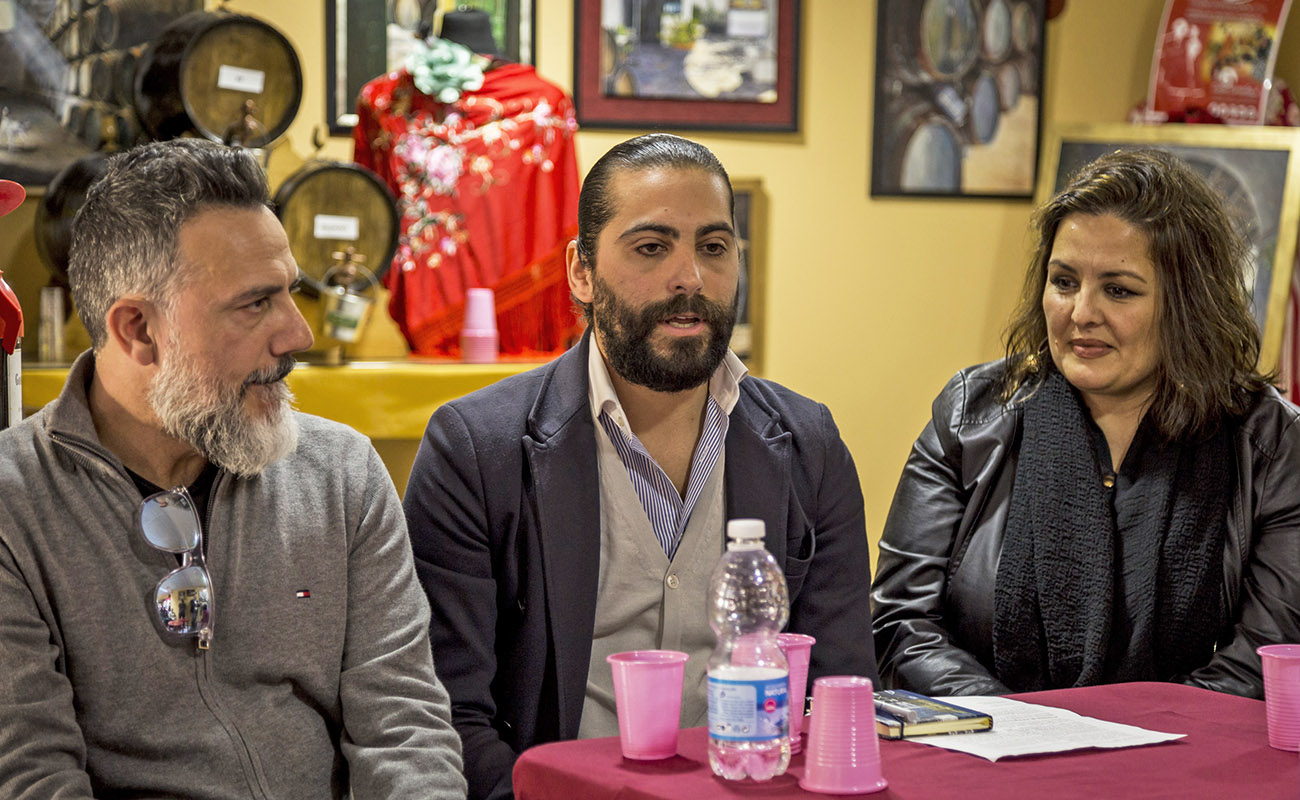
Javier Patino, Juan Garrido and María del Mar Moreno. Round Table ‘Festival de Jerez: 25 years‘ ExpoFlamenco Jerez Shop, Feb 19th, 2020. Photo: Guido Bartolotta
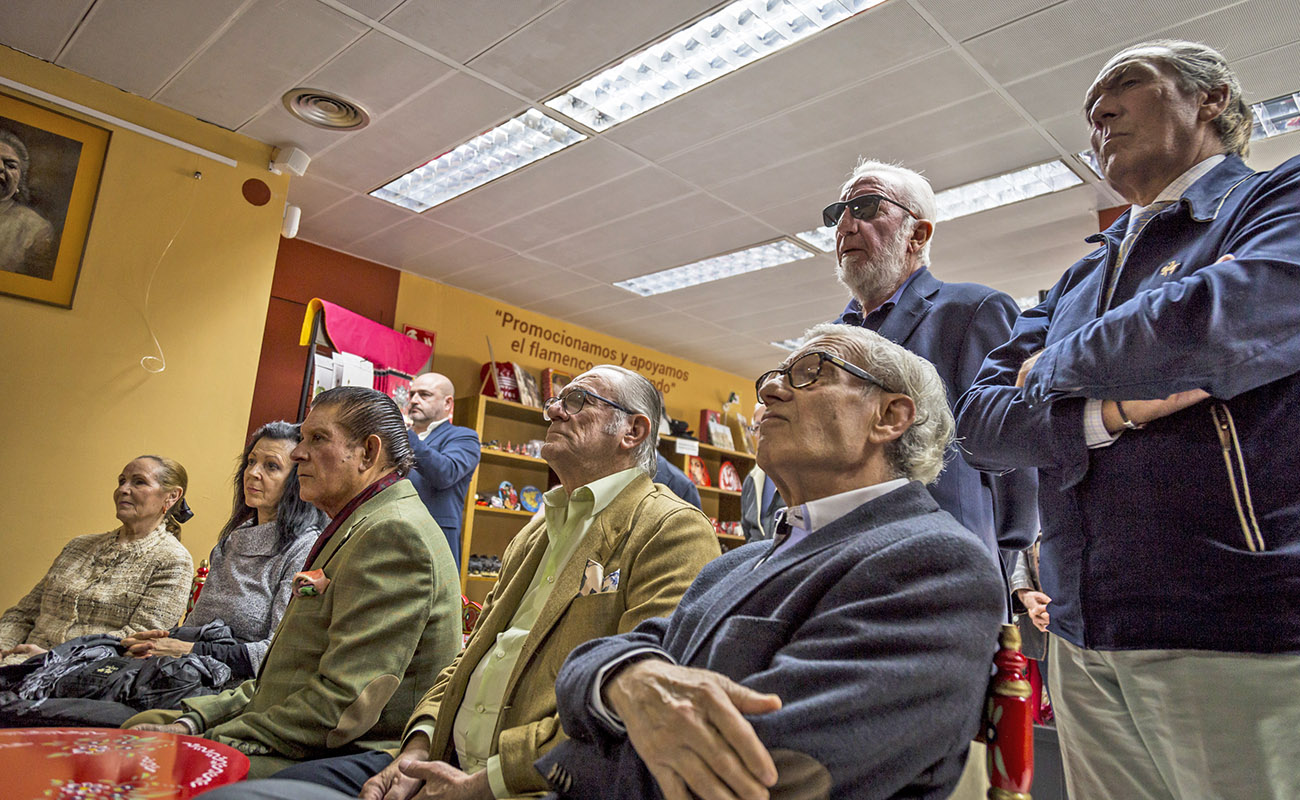
Attendees at the Round Table ‘Festival de Jerez: 25 years‘ ExpoFlamenco Jerez Shop, Feb 19th, 2020. Photo: Guido Bartolotta
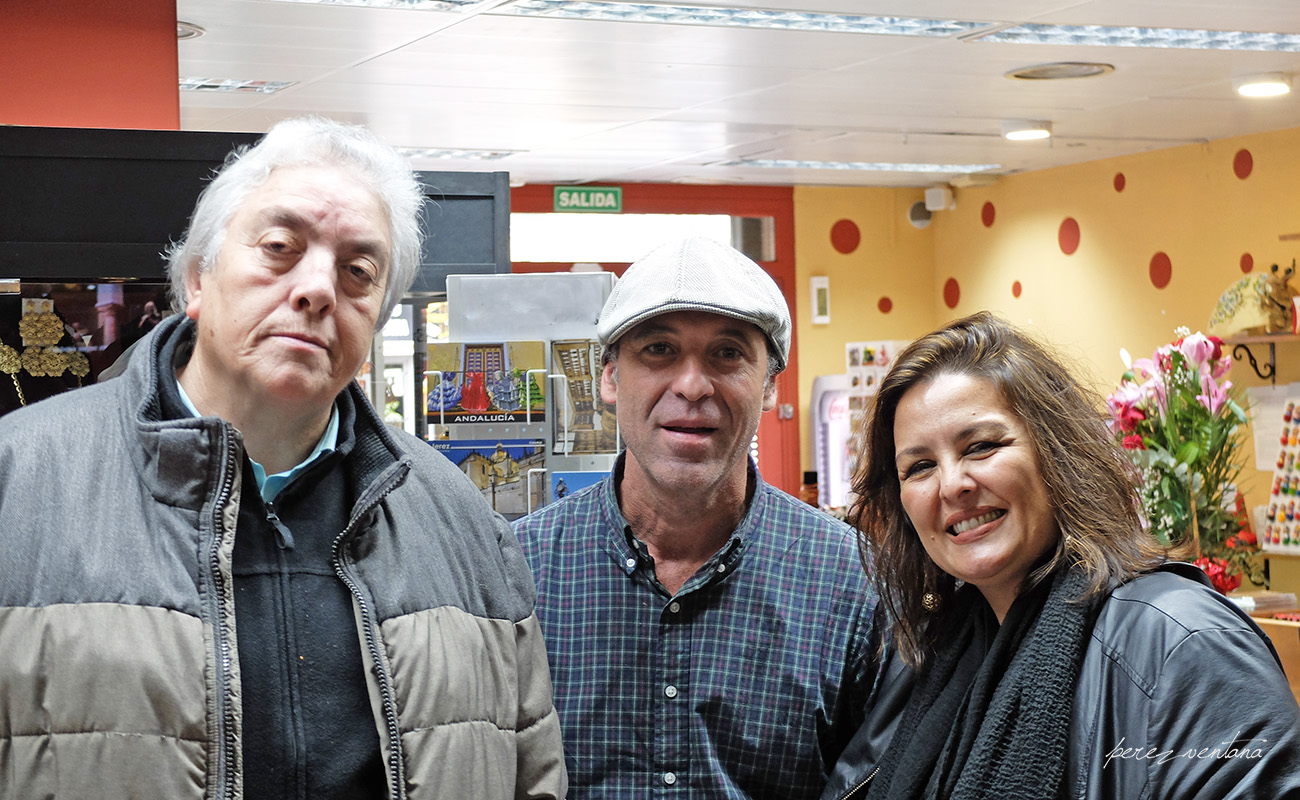
Manuel Bohórquez, Fernando González Caballos and María del Mar Moreno. Round Table ‘Festival de Jerez: 25 years‘ ExpoFlamenco Jerez Shop, Feb 19th, 2020. Photo: perezventana




